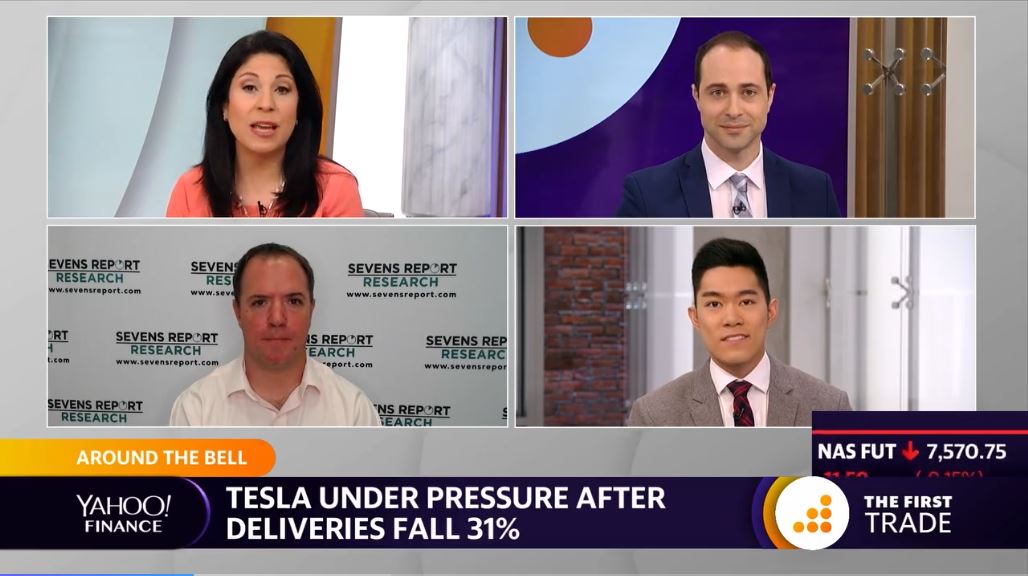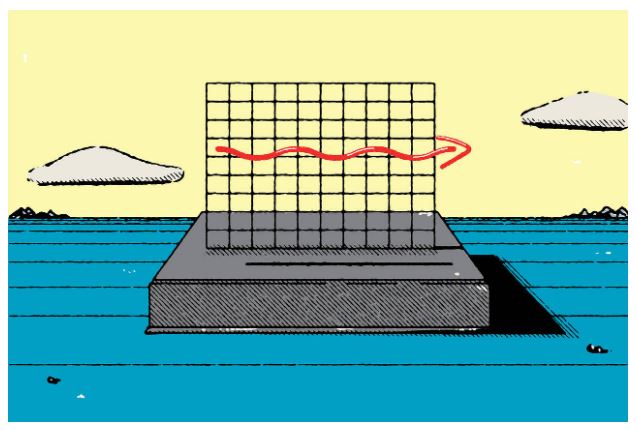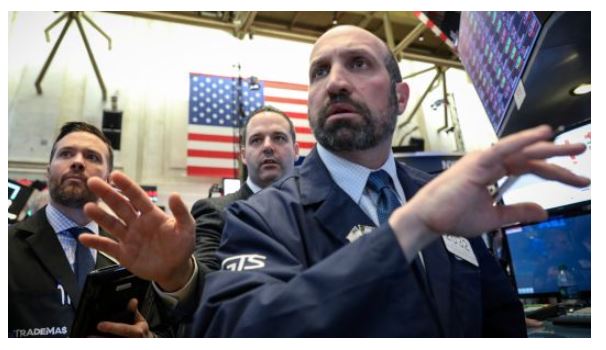The Right Sectors To Own If There’s A Rebound In Growth
Today’s Report is attached as a PDF.
What’s in Today’s Report:
- The Right Sectors To Own If There’s A Rebound In Growth
Futures are slightly higher following a generally quiet night as markets wait for this morning’s jobs report.
President Trump said he hoped the U.S./China trade deal would be done in the next four weeks, which again generally meets markets expectations.
Economic data was sparse but German Industrial Production rose 0.7% vs. (E) 0.5%, somewhat offsetting Thursday’s disappointing German Manufacturers’ Orders report.
Today the focus will be on the jobs report and the expectations are as follows: Jobs Adds 170K, UE Rate 3.8%, Wages 3.4% yoy.
The best outcome for stocks today would be a jobs number in the mid 100k range (not too strong, but not too weak), positive revisions to the February data and a wage number below 3.5% yoy. That outcome likely can spark a further rally. Conversely, any extremes on the job adds (very good or very bad) along with another hot wage number may lead to profit taking in stocks on fears of slowing growth or a more hawkish Fed.



